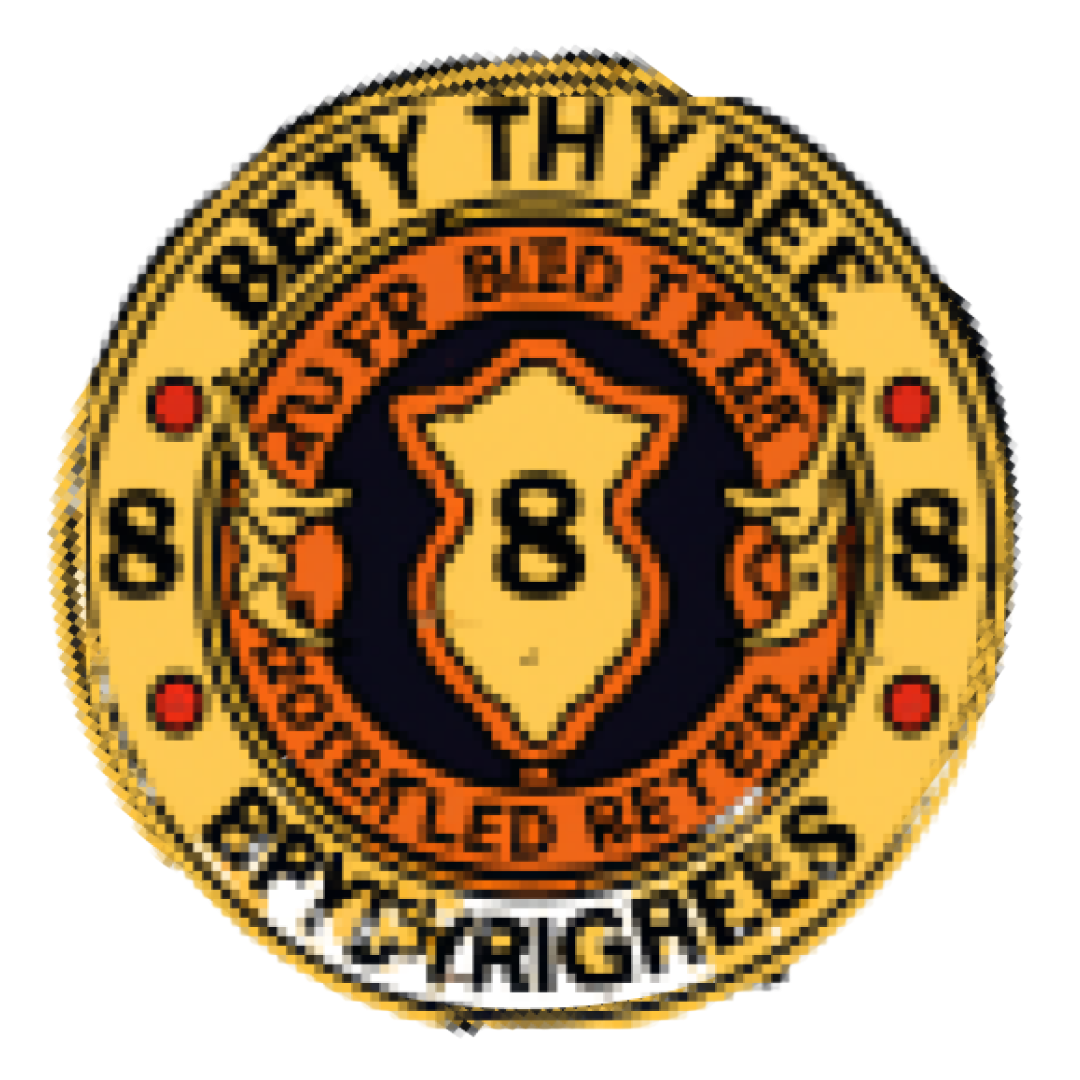“The Benefits of Portion Control and Fasting: A Guide to Better Health and Increased Vitality”
If you’re looking to improve your overall health and increase your energy levels, then portion control and fasting might just be the answer you’re looking for. These two habits are simple yet powerful, and they can have a significant impact on your physical, emotional, and mental well-being. In this blog post, we’ll take a closer look at what portion control and fasting are, how they help, and why and when you should incorporate them into your daily routine.
What is Portion Control and Fasting?
Portion control is the practice of controlling the amount of food you eat at each meal. It involves being mindful of your food choices and being aware of how much you’re eating, rather than simply eating until you’re full. Portion control is a key aspect of healthy eating, as it helps you to maintain a healthy weight and reduces the risk of obesity and other related health problems.
Fasting, on the other hand, is the practice of abstaining from food for a set period of time. There are many different forms of fasting, ranging from intermittent fasting, where you fast for a portion of the day and eat normally for the rest, to longer fasts, where you abstain from food for several days. Fasting has been practiced for thousands of years, and is believed to have numerous health benefits, including improved insulin sensitivity, reduced inflammation, and increased longevity.
How do Portion Control and Fasting Help?
Portion control and fasting can help in a variety of ways. By controlling the amount of food you eat, you can ensure that you’re getting the right balance of nutrients and avoiding overeating. This can help you to maintain a healthy weight, reduce the risk of obesity and related health problems, and improve your overall health and wellbeing.
Fasting can also have a number of benefits for your health. By abstaining from food, you allow your body to rest, repair, and rejuvenate, which can help to reduce inflammation, improve insulin sensitivity, and increase longevity. Additionally, fasting has been shown to improve mental clarity, increase energy levels, and promote feelings of calm and well-being.
Why and When Should Portion Control and Fasting be Incorporated into Your Daily Routine?
Portion control and fasting should be incorporated into your daily routine as they are both simple and effective habits that can have a significant impact on your health. Portion control is a habit that you can adopt at any time, and it can be as simple as being mindful of the amount of food you eat at each meal. Fasting, on the other hand, is a habit that you can incorporate into your routine by setting aside time each day to fast, or by practicing intermittent fasting.
How to Participate in Portion Control and Fasting
Participating in portion control and fasting is easy. To get started with portion control, simply begin by being mindful of the amount of food you eat at each meal, and aim to eat smaller, more nutritious meals throughout the day. You can also use tools such as food scales and portion control plates to help you determine the right amount of food for your needs.
To participate in fasting, start by setting aside time each day to fast, or by practicing intermittent fasting. You can find a variety of resources online, such as YouTube videos, to help you get started with your fasting practice. You can also consider seeking the advice of a doctor or nutritionist if you’re unsure about the best approach for you.
Best Practices for Making a Short Video for Entry into the Daily Rewards Program
If you’re participating in our daily rewards program, it’s important to make a short and quick video that accurately demonstrates your completion of portion control and/or fasting for the day. Here are some tips for making an effective video:
- Keep it short: The video should be brief and to the point, lasting no more than 30 seconds to a minute.
- Show the proof: Clearly demonstrate how you practiced portion control or completed your fast for the day. This could be through a visual representation of your portion sizes or by showing the time you started and ended your fast.
- Be clear and concise: Speak clearly and concisely, stating the date and your progress with portion control and/or fasting.
- Use good lighting: Make sure the lighting is good so that the video is clearly visible.
- Use a steady camera: Use a steady camera to ensure that the video is not blurry or shaky.
By following these tips, you can make a clear and concise video that accurately demonstrates your completion of portion control and/or fasting for the day. This will help you to achieve your goals and participate effectively in the daily rewards program.

